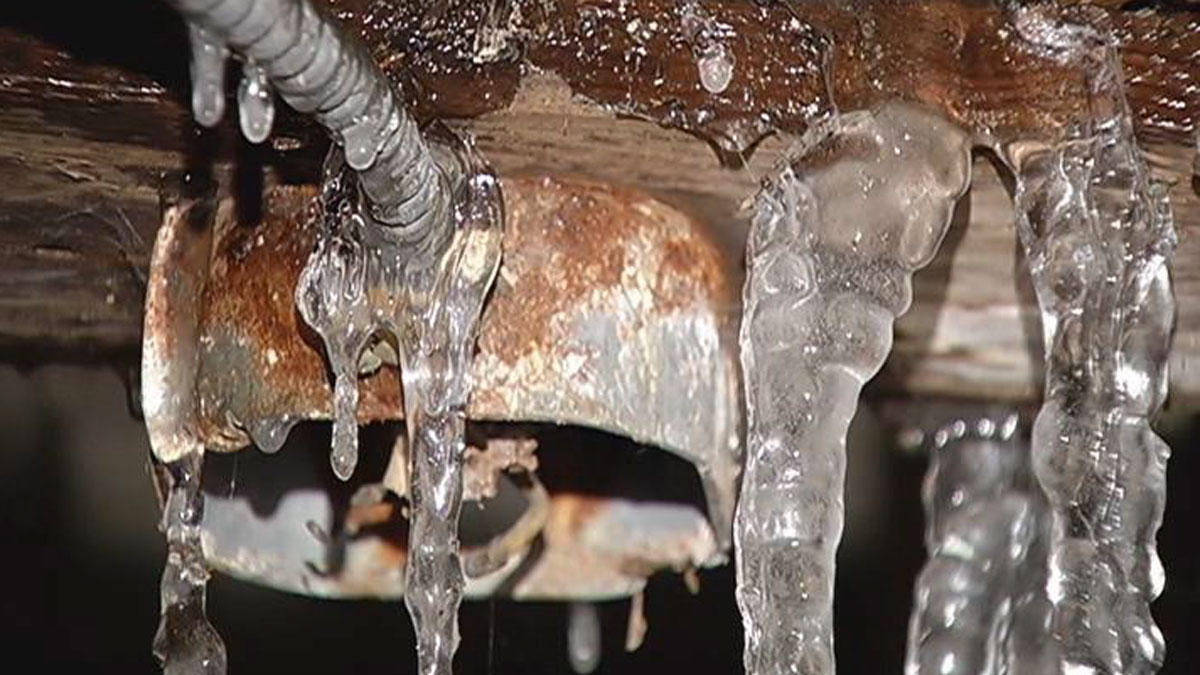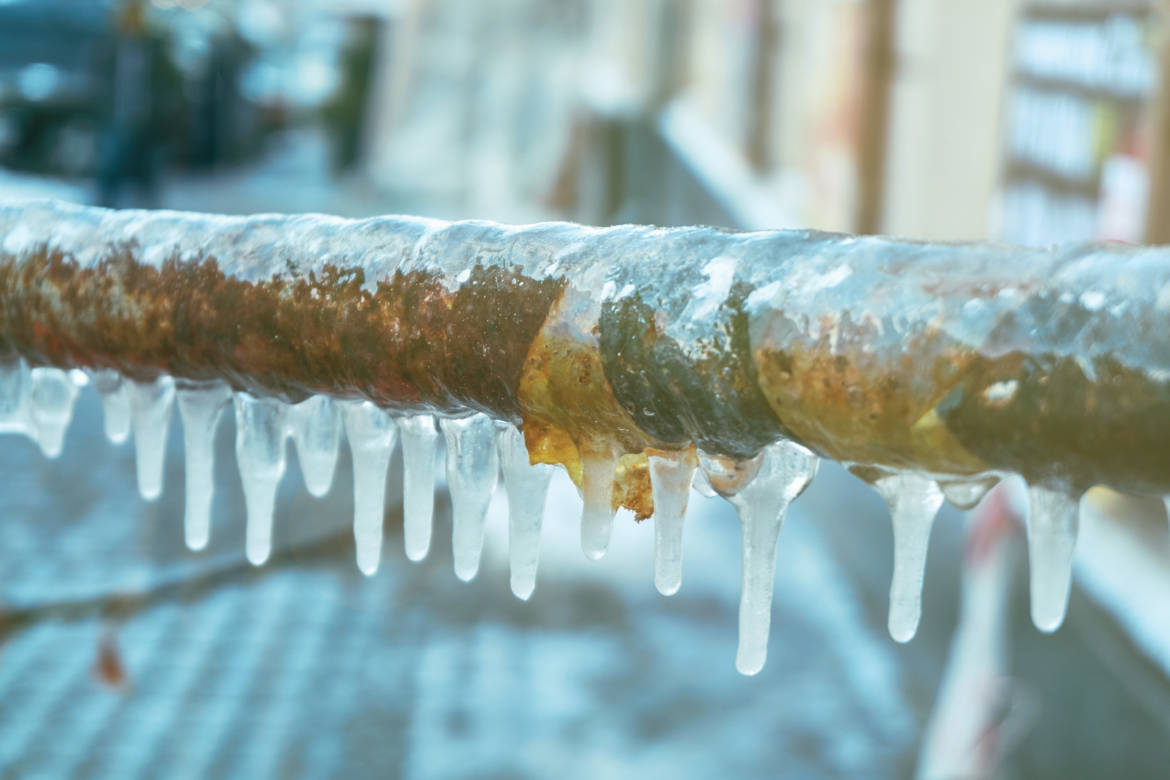Just how do you feel about Helpful Tips to Prevent Frozen Pipes this Winter?

Winter can wreak havoc on your pipes, especially by freezing pipelines. Below's exactly how to prevent it from occurring and what to do if it does.
Introduction
As temperature levels drop, the danger of icy pipelines rises, possibly causing expensive repair work and water damage. Recognizing just how to prevent icy pipes is critical for house owners in cold environments.
Prevention Tips
Shielding prone pipes
Wrap pipelines in insulation sleeves or utilize warmth tape to secure them from freezing temperatures. Focus on pipelines in unheated or exterior locations of the home.
Home heating methods
Maintain interior areas sufficiently warmed, particularly locations with plumbing. Open up cupboard doors to permit warm air to flow around pipes under sinks.
Just how to recognize frozen pipelines
Seek decreased water flow from taps, unusual smells or sounds from pipelines, and noticeable frost on exposed pipelines.
Long-Term Solutions
Architectural adjustments
Think about rerouting pipelines away from exterior walls or unheated locations. Include additional insulation to attics, cellars, and crawl spaces.
Updating insulation
Purchase high-grade insulation for pipes, attic rooms, and walls. Proper insulation aids keep regular temperatures and minimizes the danger of icy pipelines.
Safeguarding Outside Plumbing
Garden hoses and exterior faucets
Separate and drain pipes yard tubes prior to winter season. Set up frost-proof spigots or cover exterior faucets with insulated caps.
Recognizing Frozen Pipelines
What triggers pipes to freeze?
Pipes ice up when exposed to temperature levels below 32 ° F (0 ° C) for extended periods. As water inside the pipes ices up, it increases, taxing the pipe walls and potentially triggering them to burst.
Dangers and damages
Icy pipes can result in water supply disruptions, property damages, and expensive repairs. Burst pipes can flooding homes and create considerable architectural damages.
Indications of Frozen Water Lines
Determining frozen pipelines early can stop them from bursting.
What to Do If Your Pipelines Freeze
Immediate activities to take
If you believe icy pipes, maintain faucets open up to soothe stress as the ice melts. Make use of a hairdryer or towels soaked in hot water to thaw pipes gradually.
Conclusion
Preventing icy pipes calls for proactive actions and fast feedbacks. By comprehending the reasons, indicators, and safety nets, property owners can secure their pipes during winter.
6 Proven Ways to Prevent Frozen Pipes and Protect Your Home
Disconnect and Drain Garden Hoses
Before winter arrives, start by disconnecting your garden hoses and draining any remaining water. Close the shut-off valves that supply outdoor hose bibs and leave the outdoor faucet open to allow any residual water to drain. For extra protection, consider using faucet covers throughout the colder months. It’s also important to drain water from any sprinkler supply lines following the manufacturer’s directions.
Insulate Exposed Pipes
Insulating your pipes is an effective way to prevent freezing. Pipe insulation is readily available at home improvement stores and is relatively inexpensive. Pay close attention to pipes in unheated areas such as the attic, basement, crawl spaces, or garage. Apply foam insulation generously to create a buffer against the cold. You can also wrap your pipes in heat tape or thermostat-controlled heat cables for added warmth.
Seal Air Leaks
Inspect your home for any cracks or openings that could let in cold air. Seal any holes around the piping in interior or exterior walls, as well as the sill plates where your home rests on its foundation. Additionally, make sure to keep your garage door closed unless you’re entering or exiting. Leaving it open creates a significant air leak that can lead to frozen pipes.
Allow Warm Air Circulation
During cold snaps, it’s essential to allow warm air to circulate evenly throughout your home. Leave interior doors ajar to promote better airflow. Open kitchen and bathroom cabinets to help distribute heat consistently around the rooms. If you have small children or pets, be sure to remove any household chemicals or potentially harmful cleaners from open cabinets for safety.
Let Faucets Drip
A small trickle of water can make a big difference in preventing ice formation inside your pipes. When temperatures drop significantly, start a drip of water from all faucets served by exposed pipes. This continuous flow helps prevent the water from freezing. Additionally, running a few faucets slightly can relieve pressure inside the pipes, reducing the chances of a rupture if the water inside does freeze.
https://choateshvac.com/6-proven-ways-to-prevent-frozen-pipes-and-protect-your-home/

Do you appreciate more info about Preventing and dealing with frozen pipes? Leave feedback further down. We will be pleased to know your feelings about this write up. In hopes to see you back again soon. Those who appreciated our post if you please don't forget to pass it around. We value reading our article about Prevent Frozen Pipes .
Get An Estimate
Comments on “Protect Against Frozen Pipes in Cold Weather: Professional Strategies”